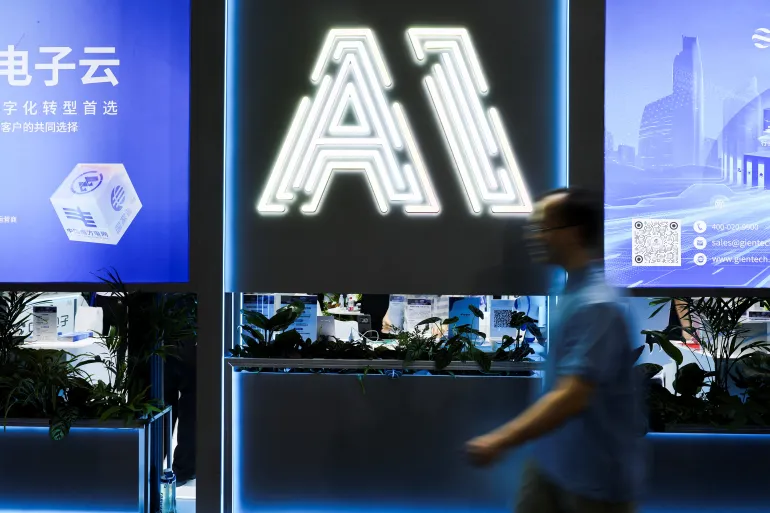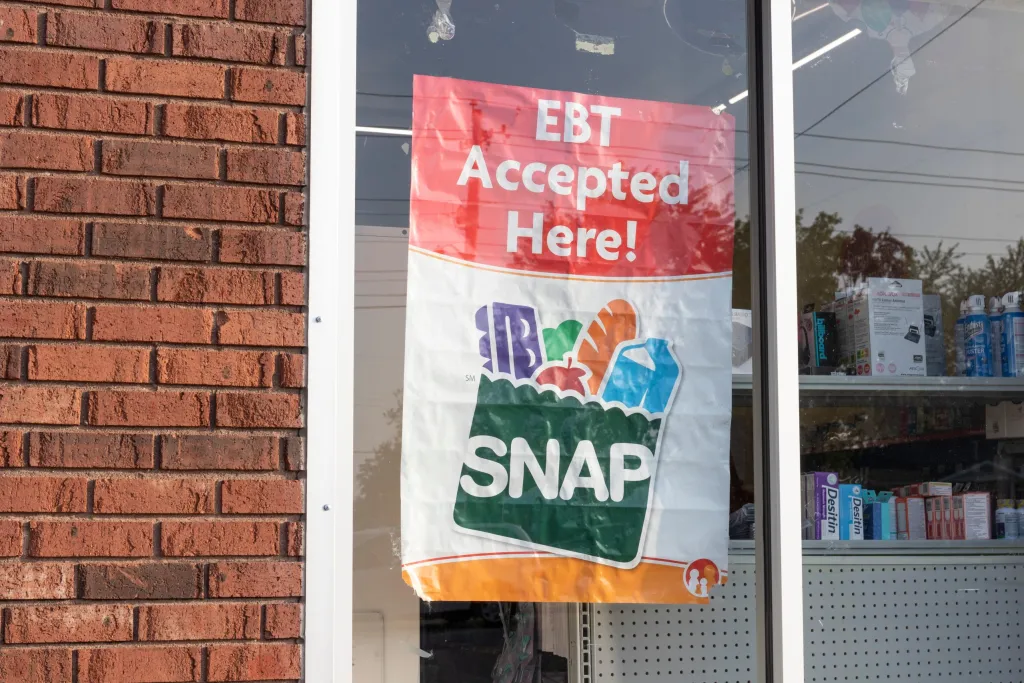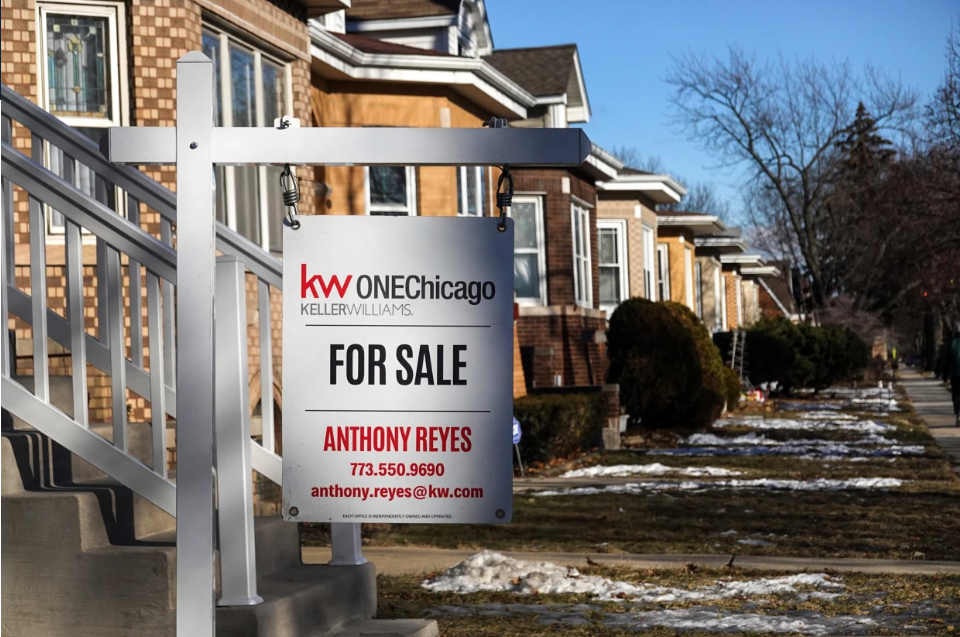The modern job market is undergoing a significant transformation, with artificial intelligence (AI) reshaping both the job search and hiring processes.
While AI tools have made job applications more accessible, they have also introduced new challenges for job seekers and recruiters alike. Daniel Chait, CEO and co-founder of Greenhouse, a major hiring platform, describes this shift as a “mad arms race” where both sides struggle to keep up.
For job seekers, AI-driven tools offer convenience. AI agents can apply to hundreds of jobs at once by scanning resumes, generating tailored cover letters, and submitting applications automatically. However, while this increases the number of applications sent, it does not necessarily improve the chances of landing a job. The overwhelming volume of applications makes it harder for candidates to stand out, and many end up lost in recruiters’ inboxes without ever being reviewed.
Additionally, AI has made job fraud more sophisticated. Some candidates use AI-generated responses during interviews, or even employ stand-ins to complete assessments on their behalf. This has raised concerns among employers about whether they are truly evaluating the right candidate.
On the hiring side, AI is both a solution and a problem. While AI helps recruiters manage the flood of applications by ranking candidates, it also contributes to the flood itself. Recruiters now receive hundreds, sometimes thousands, of applications per job posting. This high volume makes it difficult to distinguish qualified candidates from those who applied through automated processes.
Fraud is another growing concern for employers. AI-powered deception, such as using real-time assistance during interviews, forces companies to reassess their hiring strategies. As Chait points out, companies must ensure they are evaluating the actual person behind the application rather than an AI-generated persona.
To navigate this new landscape, Chait suggests greater transparency from both job seekers and employers. Companies should establish clear policies on how AI can be used during the hiring process and communicate their expectations to candidates. For example, Greenhouse has introduced guidelines specifying how AI tools should be used ethically in interviews.
Another proposed solution is improving transparency for job seekers. Many applicants unknowingly apply to roles that already have thousands of candidates in the pipeline, leaving them frustrated when they receive no response. Providing clearer insights—such as the number of applicants and the status of an application—could help set realistic expectations.
With input from Fortune, the Associated Press, and the Washington Post.










The latest news in your social feeds
Subscribe to our social media platforms to stay tuned